- Yard work can feel overwhelming, but it doesn’t have to be. Instead of hiring a professional lawn care service, follow Glad’s yard clean-up guide to simplify the process. Learn everything you need to know about yard cleaning, why regular maintenance is essential, and how to manage yard waste effectively.
Why Yard Maintenance Matters
Ongoing yard maintenance is key to helping your grass, trees, flowers, and shrubs thrive. Healthy, beautiful lawns require consistent care to withstand weather conditions, weeds, and pest infestations. Routine spring and fall yard cleaning keeps your backyard looking great and makes year-round maintenance easier. Follow our yard clean-up checklist and yard waste tips to maintain a lush landscape and prevent long-term issues.
Yard Clean-Up Checklist
Everyone wants their yard to be the envy of the neighborhood. Here are key tasks to add to your weekly clean-up routine:
- Remove Yard Debris: Use heavy duty bags to start clearing visible debris like branches, twigs, and rocks to make the rest of the yard work easier.
- Pull Pesky Weeds: Ensure you remove weeds by the root to prevent regrowth. It’s easiest to pull them after rain when the soil is moist.
- Water Your Lawn: Deep watering (soaking the soil about six inches) once a week is more effective than daily light watering. Water early in the morning (between 4 a.m. and 10 a.m.) for best results.
- Mow the Lawn: When mowing, remove no more than one-third of the grass blade to maintain a healthy lawn.
Yard Leaf Clean-Up
Managing yard leaves can be time-consuming, but regular maintenance makes it easier. If there’s a thick layer of leaves, use a lawn mower with a bag attachment for collection instead of mulching them into small pieces. For a smaller yard, a rake and some effort may be all you need. A leaf blower can also help gather leaves into manageable piles for easy disposal. Frequent leaf clean-up prevents overwhelming messes.
Yard Waste Clean-Up and Trash
Once you’ve cleared weeds and debris, proper disposal is crucial. Yard waste includes tree trimmings, leaves, grass clippings, brush, and garden plants, which can typically be placed in an outdoor waste or compost bin. Some people prefer using trash bags to keep waste contained. If you have heavier items, use strong trash bags like Glad®‘s Large Trash Bags to manage the waste efficiently.
To ensure collection by your local waste service, yard waste should be free from metal, food waste, soil, stones, mulch, and garbage. Always check your local guidelines for proper disposal methods.
Yard Waste Disposal Tips
When it’s time to dispose of yard waste, avoid burning it. Burning branches, leaves, and twigs increases air pollution, risks wildfires, and is often restricted by local laws.
The most eco-friendly disposal method is recycling. Arrange a pickup with your local sanitation department or drop off yard debris yourself if possible. Research local disposal requirements — most services require yard waste to be in clearly marked bins or paper yard waste bags.
Keeping up with yard maintenance doesn’t have to be stressful. With these tips, you can keep your lawn healthy, your yard waste under control, and your outdoor space looking its best year-round.
TRASH BAGS FOR YOUR TOUGHEST JOBS— IN AND OUT OF THE KITCHEN
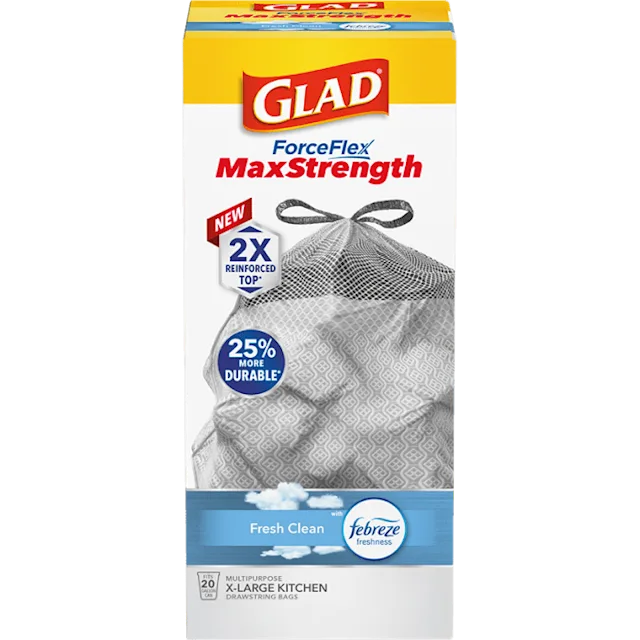
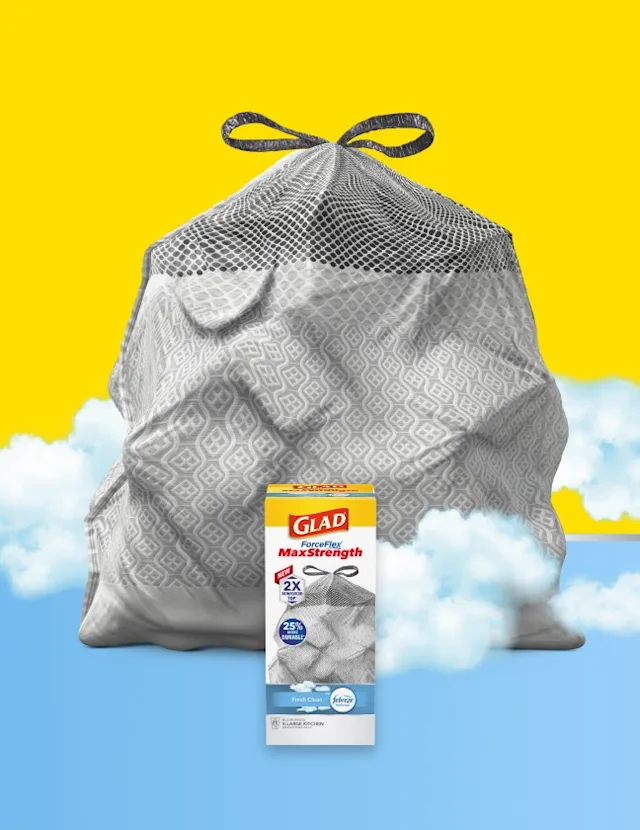
Please enable cookies to shop

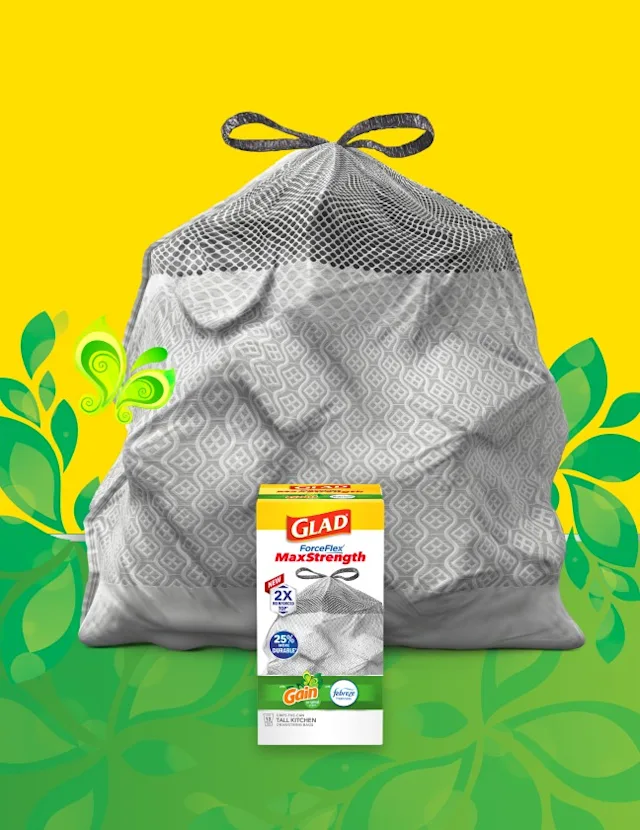
Please enable cookies to shop
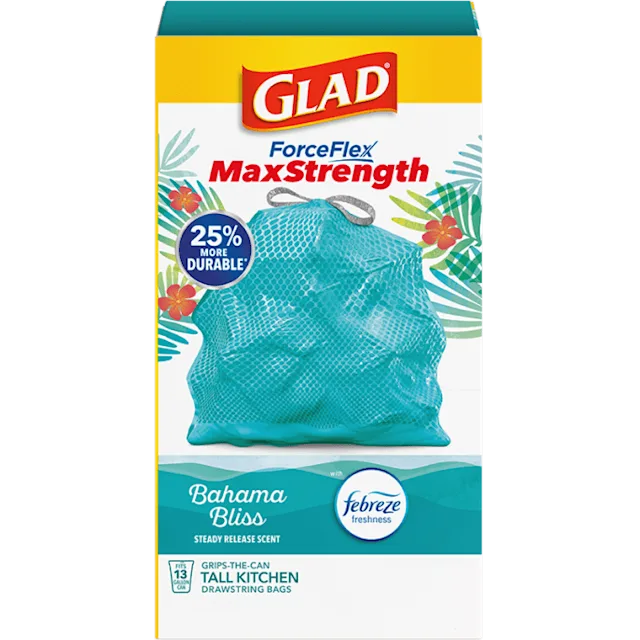

Please enable cookies to shop
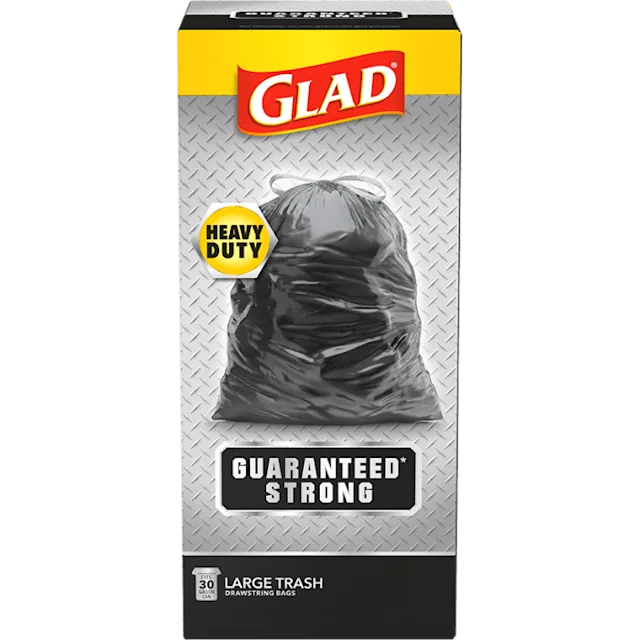

Please enable cookies to shop














